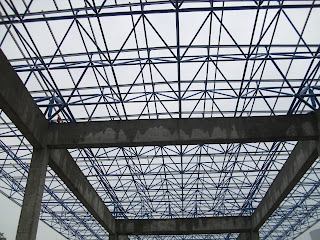 |
ventilation systems
|
The ventilation system of a building is an important part of ensuring indoor air quality and comfort. The design of the ventilation system can vary depending on the type of building, its use and geographical location. Here are some common types of building ventilation systems:
- Natural Ventilation Systems: Natural ventilation relies on natural airflow, which is directed through the building's design and openings. This can include windows, skylights, ventilation towers, etc. Natural ventilation systems are generally more energy efficient, but may be limited in some climates.
- Mechanical Ventilation Systems: Mechanical ventilation systems work through the use of mechanical devices such as fans, ventilation ducts and air conditioning systems to control and direct air flow. These systems provide more precise control and are suitable for a wide range of climatic conditions and building types.
- Hybrid Ventilation Systems: Hybrid ventilation systems combine the advantages of natural and mechanical ventilation. This system automatically selects the most appropriate ventilation method according to the environmental conditions to improve efficiency and reduce energy consumption.
- Positive Pressure Ventilation Systems: Positive pressure ventilation systems expel indoor air by creating a positive pressure in the building and pushing fresh air into the room. This system is often used to prevent indoor air pollution.
- Negative Pressure Ventilation Systems: Negative pressure ventilation systems draw fresh air into a building by creating a negative pressure in the building to expel indoor air. This system is often used in environments where air quality needs to be controlled, such as laboratories or industrial sites.
- Ventilation systems: Ventilation systems ensure air quality by regularly replacing indoor air with fresh air. This can be achieved by mechanical devices such as ventilation fans or Air Handling Units (AHU).
- Localised ventilation systems: Localised ventilation systems focus on specific areas, such as kitchens, bathrooms or laboratories, in order to remove moisture, pollutants or harmful gases that are generated.
The selection of a ventilation system usually depends on the needs of the building, its use, budget and geographical conditions. When designing and selecting a ventilation system, it is necessary to consider the building's energy efficiency, its environmental impact, and its effect on indoor air quality. |




评论
发表评论